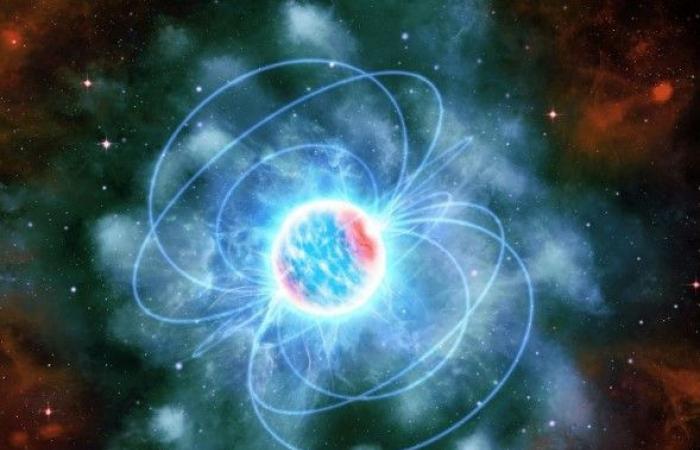ESA’s XMM-Newton and NASA’s Chandra X-ray observatories have detected three unusually cool young neutron stars for their age.
By comparing their properties with different models of neutron stars, a team of astronomers led by the Institute of Space Sciences (ICE-CSIC) has concluded in a study published in Nature Astronomy that their low temperatures disqualify around 75% of the known models.
According to the authors, this is a big step towards the discovery of the “equation of state” that describes all neutron stars, with important implications for the fundamental laws of the universe.
After stellar black holes, neutron stars are the densest objects in the universe. Each neutron star is the compressed core of a giant star left after the star exploded in a supernova. After running out of fuel, the star’s core implodes under the force of gravity as its outer layers are flung into space.
The matter at the center of a neutron star is so compressed that the scientific community still does not know what form it takes. Neutron stars get their name from the fact that, under this immense pressure, even atoms collapse: electrons fuse with atomic nuclei, turning protons into neutrons.
It could be even stranger, though, as extreme heat and pressure can stabilize more exotic particles that don’t survive anywhere else, or possibly melt particles into a sort of soup of their spiraling constituent quarks. What happens inside a neutron star is described by the so-called “equation of state”, a theoretical model that describes physical processes that can occur inside a neutron star.
The problem is that scientists still don’t know which of the hundreds of possible equations of state models are correct. While the behavior of individual neutron stars can depend on properties such as their mass or spin rate, all neutron stars must be governed by the same equation of state.
By analyzing data from ESA’s XMM-Newton and NASA’s Chandra missions, the team has discovered three exceptionally young and cool neutron stars that are between 10 and 100 times cooler than others of the same age. By comparing their properties with the cooling rates predicted by different models, the team concludes that the existence of these three neutron stars rules out most of the proposed equations of state.
“The young age and cold surface temperature of these three neutron stars can only be explained by appealing to a rapid cooling mechanism. Since enhanced cooling can only be triggered by certain equations of state, this allows us to exclude a significant part of possible models,” explains in a statement astrophysicist Nanda Rea, whose research group at the Institute of Space Sciences (ICE-CSIC) and the Institute of Space Studies of Catalonia (IEEC) has led the research.
Discovering the neutron star’s true equation of state also has important implications for the fundamental laws of the universe. It is known that physics researchers have not yet been able to unite the theory of general relativity (which describes the effects of gravity on large scales) with quantum mechanics (which describes what happens at the particle level). Neutron stars are the best testing ground for this, as they have densities and gravitation much greater than anything that can be created on Earth.






